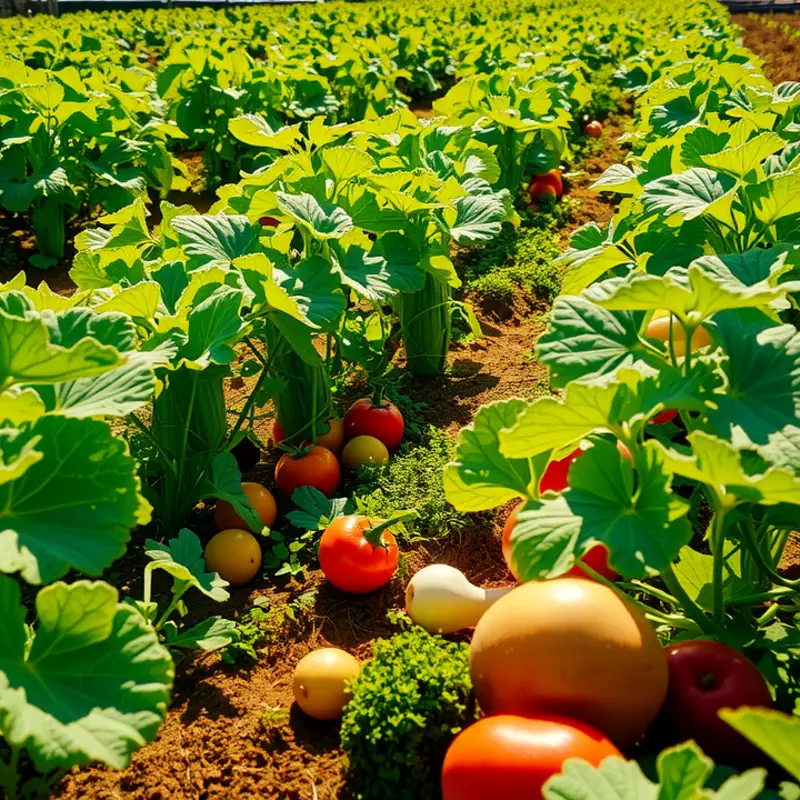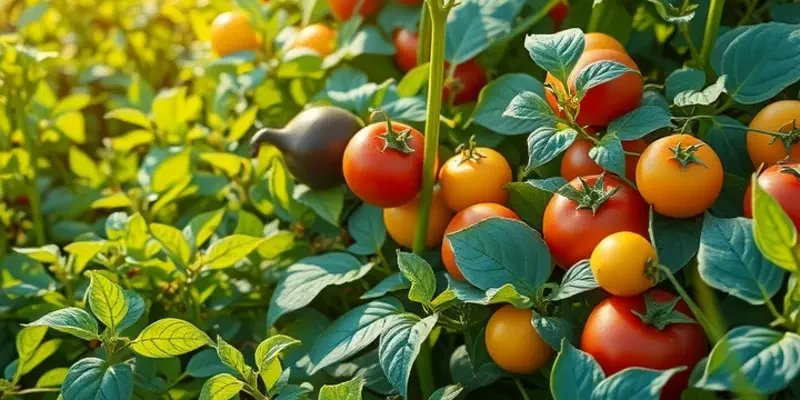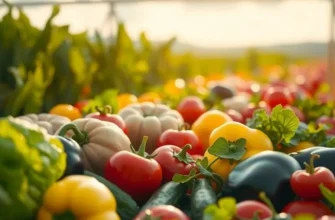Getting the perfect sauce is an art, and achieving that glossy, thick texture is key to elevating your dish. Whether it’s for pasta, meats, or vegetables, a great sauce can transform a meal. This guide offers straightforward techniques and tips that cater to home cooks of all levels. With these tricks up your sleeve, you’ll soon impress family and friends with sauces that not only look fabulous but also taste extraordinary.
Creating the Base: The Right Ingredients

Every memorable sauce starts with a thoughtfully chosen base. It is crucial to infuse depth and character from the start, ensuring each flavor note resonates distinctly. The backbone of any sauce is its liquid element, often comprising stock or broth. Opt for homemade varieties when possible; their richness and clarity are unmatched.
Homemade stock, whether from chicken, beef, or vegetables, offers nuanced layers that define your sauce’s essence. Bones impart gelatin, contributing to a silky texture that coats the palate, a critical component for sauces with both gloss and body. For those seeking plant-based options, mushroom or kombu dashi stocks provide umami depth without the meat.
The choice of fat is another pivotal decision. Classic options include butter, olive oil, or rendered animal fats. Each imparts unique qualities: butter offers creaminess, olive oil brings fruitiness, and animal fats add savoriness. Opt for fats that align with your overall dish; butter for French sauces, olive oil for Italian, or lard for authentic Mexican flavors.
Aromatics play a crucial supporting role in constructing your sauce base. Onions, garlic, and shallots are foundational, providing sweetness and pungency. Sweat these ingredients gently in your chosen fat to unlock their flavors fully. Layering other vegetables, like carrots and celery, deepens complexity. For a forensic approach to flavor, dice them finely to maximize surface area, ensuring even extraction.
Seasoning is often approached with trepidation, yet it is central to bold flavors. Salt must be added judiciously, accentuating and elevating existing flavors without overpowering. Consider alternatives to salt to provide bursts of flavor while maintaining balance. Acidity from vinegars or citrus can lift and brighten, providing a counterpoint that sharpens the overall impression.
The liquid addition defines not just consistency but also character. Wine, for instance, adds complexity and depth; consider reduction for intensity before incorporating. The choice between water and stock further guides the sauce’s ultimate flavor profile. Each choice shifts the sauce’s direction, accentuating specific flavor notes or introducing new layers of taste.
The thickening method is another critical choice. Traditional methods involve reduction, which intensifies flavors while naturally thickening. If time is short, cornstarch or arrowroot offers a speedy solution without altering flavor profile significantly. However, be wary of overusing thickeners, which can cloud rather than clarify.
Ultimately, the art of creating your sauce base comes down to balancing materials and method. Consider each ingredient’s role, building layers of flavor iteratively. As you experiment with different stocks, fats, aromatics, seasonings, and thickening strategies, you’ll discover new depths and characteristics unlocked in your sauces.
Techniques for Thickness and Shine

The art of crafting a luxurious sauce lies in perfecting its thickness and shine. Creating a sauce that clings beautifully to food while gleaming under the light can elevate any dish. Here, we delve into the methods that can help achieve that ideal texture and luster.
To begin with, the reduction method is one of the most straightforward techniques. This involves simmering the sauce until the water content reduces, naturally thickening the consistency. The key here is patience. Allowing the sauce to simmer at a slow pace prevents scorching and ensures an even thickness. While reducing, use a wide, uncovered pan to speed up the evaporation process, which enhances flavors, too.
Adding starch is another effective way to thicken sauces. Cornstarch, arrowroot, or flour can be used depending on the desired outcome. A simple slurry, created by mixing starch with cold water, can be introduced to the sauce during cooking. Stir continuously to avoid lumps and ensure even distribution. Each of these starches offers unique properties: cornstarch provides a clear finish, while flour gives a more opaque result. Choose according to the type of sauce and finish you desire.
Egg yolks serve as an outstanding emulsifier, giving both thickness and an alluring sheen. To use egg yolks, temper them first by gradually adding a small amount of the hot sauce to the yolks while whisking constantly. This technique prevents curdling. Once tempered, incorporate the yolks into the sauce, stirring steadily until a rich, glossy texture forms.
For those experimenting with more specialized ingredients, tapioca flour and agar-agar can be considered. Tapioca flour is excellent for sauces that need rapid thickening, whereas agar-agar, derived from seaweed, acts as a vegan alternative to gelatine. Both can be used to achieve the desired consistency without affecting flavor significantly.
Fat plays a vital role in adding shine to sauces. By incorporating butter at the end of cooking, chefs create a glossy finish. This process, known as mounting, involves whisking in cold, unsalted butter a little at a time. The emulsification of fat within the sauce as it melts is key to a shimmering appearance.
Finally, consider exploring natural thickeners such as pureed vegetables or legumes. Blending cooked vegetables like carrots or zucchini into the sauce can add both body and nutrients. These components blend seamlessly, adding a subtle flavor depth.
Whether your goal is to maximize thickness, improve shine, or both, these techniques can be tailored to suit any culinary creation. For additional tips on enhancing your cooking, consider exploring this guide on easy sauce simmering. Embrace experimentation to find the perfect balance and enjoy the transformation from basic to exquisite.
Final words
Making sauces glossy and thick is a skill that can be mastered with the right techniques and ingredients. By focusing on a solid base and employing effective methods, you can elevate the quality of your sauces beyond average. Remember, it’s all about balance and building flavors that complement your main dish. With practice, you’ll serve up stunning, flavorful sauces that enhance any meal, transforming simple dishes into culinary delights. Dive into the world of sauce-making, and don’t be afraid to experiment and adjust flavors to suit your palate. You’ve got this!







